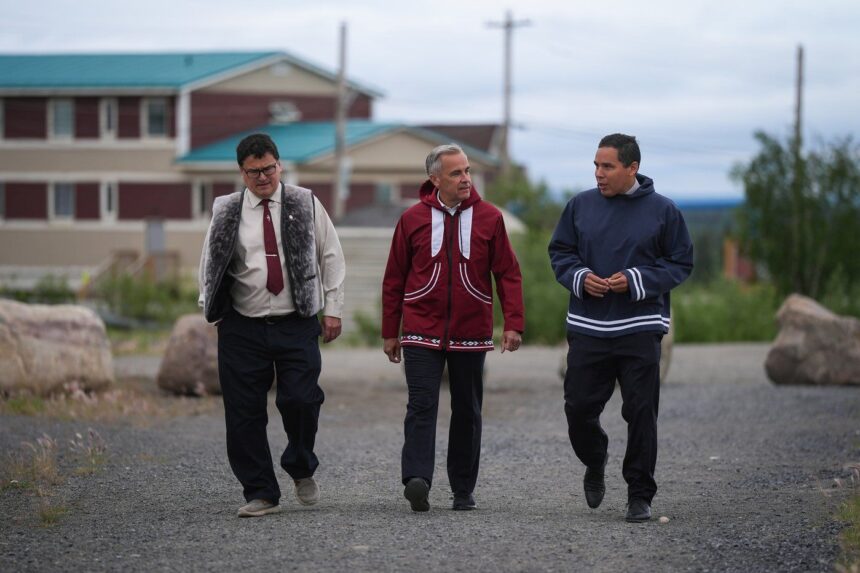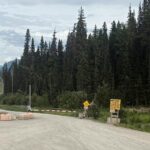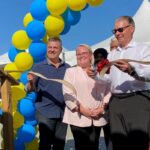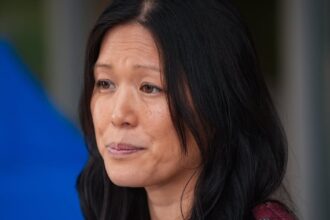The bitter Arctic wind cutting across Inuvik took a backseat to heated discussions on economic development yesterday as Finance Minister Mark Carney met with Inuit leaders to outline ambitious infrastructure plans aimed at transforming Canada’s North. Against the backdrop of the region’s unprecedented climate challenges, these talks represent a potential watershed moment for northern communities long relegated to the periphery of national infrastructure priorities.
“What we’re discussing isn’t just about building roads or ports,” said Carney during the opening session. “It’s about creating sustainable pathways to prosperity that respect Indigenous sovereignty while addressing the unique challenges of northern development.”
The high-level summit brought together representatives from all four Inuit regions—Inuvialuit, Nunavut, Nunavik, and Nunatsiavut—to discuss potential infrastructure investments exceeding $4.7 billion over the next decade. Projects under consideration include critical transportation corridors, renewable energy systems designed for extreme conditions, and telecommunications infrastructure to bridge the digital divide that has hampered northern economic growth.
Duane Smith, Chair of the Inuvialuit Regional Corporation, emphasized the importance of Inuit leadership in project development. “For generations, decisions about northern infrastructure were made in Ottawa boardrooms without meaningful Inuit participation. These discussions mark a potential departure from that colonial approach, but the proof will be in the implementation.”
Climate change factors heavily into these infrastructure considerations. The North is warming at three times the global average, creating both urgent challenges and unexpected opportunities as previously impassable sea routes become navigable and permafrost thaw threatens existing structures.
“We’re dealing with a moving target,” explained Dr. Natan Obed, President of Inuit Tapiriit Kanatami. “Any infrastructure we build today must account for environmental conditions 30 years from now. This requires innovative engineering approaches and indigenous knowledge systems working in tandem.”
The economic rationale for these investments extends beyond immediate community benefits. The Canadian Arctic contains vast mineral deposits crucial for the green energy transition, including rare earth elements essential for electric vehicle production and renewable energy technologies. Developing this potential, however, requires infrastructure that simply doesn’t exist today.
“The North isn’t just important for northerners—it’s strategically vital for Canada’s economic future,” Carney told the assembled leaders. “But development must occur on terms that benefit Inuit communities first and foremost.”
This sentiment reflects growing recognition that Canada’s approach to northern development requires fundamental recalibration. Previous infrastructure initiatives have often failed to deliver promised benefits to local communities while extracting substantial resources from traditional territories.
Skepticism remains among some participants. Annie Nasurukuluk, elder and community advocate from Pangnirtung, questioned whether these discussions would translate into meaningful action. “We’ve heard grand promises before. Our communities need reliable infrastructure now—not more studies and delayed timelines.”
The talks in Inuvik come amid heightened international interest in Arctic resources and shipping routes. Russia, China, and the United States have all increased their strategic focus on the region, creating additional pressure for Canada to strengthen its northern presence.
As climate change reshapes Canada’s North, infrastructure decisions made today will determine community viability for generations. The question remains: will this round of high-level discussions finally deliver the transformative investments northern communities have long advocated for, or will it join a long history of unfulfilled promises that have left the region perpetually playing catch-up?

























